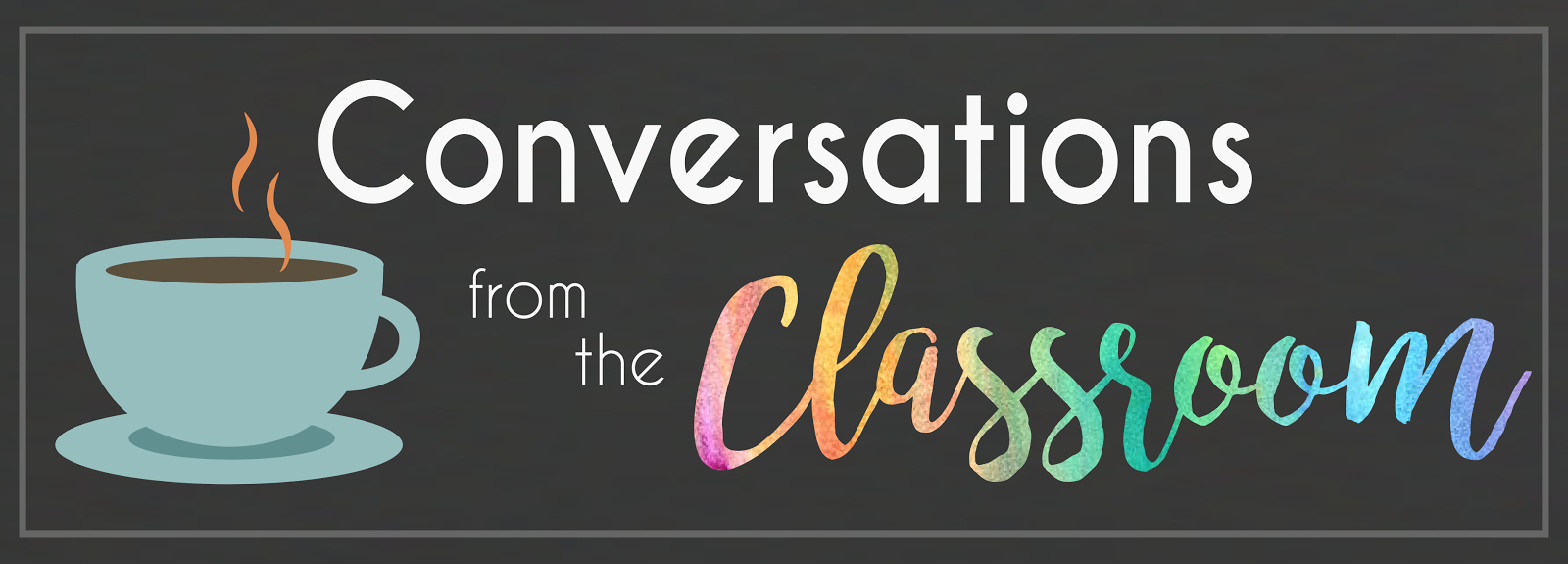Tips for Establishing Writer's Workshop with Mentor Text
11:00 PMSeasoned teachers will tell you established routines in the first week of the school year set the tone for the rest of the year. Now that we've (parents/educators) taken a step back (thanks Corona), we can more fully see how routines impact our kids. No matter how your school starts back this fall- in person, 100% virtual, or a hybrid mix in-between, routines will be important.
Choose Books that Foster Personal Connections:
I always started my year with Personal Narratives. Students had an easier time coming up with topic ideas, since they were writing about themselves. Over the 10 years I was in the classroom, these became some of my favorite Mentor Texts for beginning of the year:
1. Wilfrid Gordon McDonald Partridge By: Mem Fox
2. First Day Jitters By: Julie Danneberg
3. Scaredy Squirrel By: Melanie Watt
4. Thank You, Mr. Falker By: Patricia Polacco
5. The Name Jar By: Yangsook Choi
6. No David! By: David Shannon (I used this with 4th grade!)
7. The Memory String By: Eve Bunting
8. The Important Book By: Margaret Wise Brown
Model, Model, Model!
No matter our writing genre, we followed the same routine during writing workshop. Mini-Lesson, Independent Time, Guided Groups. In my 3rd and 4th grade classes, students moved a clip as a visual to show the stage they were working on in the writing process. I moved through the writing process along with them, and modeled on chart paper at the beginning of the year- (I moved to typing my rough draft and displaying it on the overhead, when I taught 4th grade, 2nd semester.)
I centered my mini-lessons around what I wanted to model for the students that day and the skill I wanted them to focus on during independent time. As I read the Mentor Text, I'd pause to discuss. Tip: Read the book during a read aloud time BEFORE you use it in mini-lessons. This way students are familiar with the story line, and can focus on the skill you're teaching, rather than what's happening in the text.
I found these to be important:
1. Pre-Write: Chart Ideas/Plan/Write Lead
I found these to be important:
1. Pre-Write: Chart Ideas/Plan/Write Lead
Leads: Choose 2 - 3 sentences in the book to use as a model.
2. Rough Draft: Introduction/Ending, Using Adjectives,
Find places in the text where they used strong adjectives.
3. Revise: Add Voice/Dialogue, Stretch sentences
Take a short sentence in the book, and stretch it out. Model stretching out a sentence in your rough draft. (Use Red Pen)
3. Revise: Add Voice/Dialogue, Stretch sentences
Take a short sentence in the book, and stretch it out. Model stretching out a sentence in your rough draft. (Use Red Pen)
4. Edit: C.U.P.S. (capitalization, usage, punctuation, complete sentences) (Use Blue Pen)
5. Publish: Use Best Handwriting
Use Graphic Organizers
Use Graphic Organizers
My students would often create their writing plans in their collection notebooks, (composition book). Occasionally I would create printable writing plans.
Here's a FREE student template I created for you.
Use a Mini-Lesson/Practice Model
As with many teachers, a mini-lesson can EASILY become anything but mini! I found it worked best if I set a timer to go off 2 minutes before I wanted students to go off to write. (This would give me time to wrap up my thoughts, then send them on their way.)
If you're interested in trying my 8 day plan for using the Mentor Text, Wilfrid Gordon McDonald Partridge, for narrative writing, check it out in my Spivey Sparks shop!
I'd love to hear how you cultivate routine and use Mentor Texts at the Beginning of the Year in your class!
Until Next Month!
by Stephanie @ Spivey Sparks










1 comments
This is excellent information which is shared by you. This information is meaningful and magnificent for us to increase our knowledge aboutcorporate pens . Keep sharing this kind of information. Thank you.
ReplyDelete